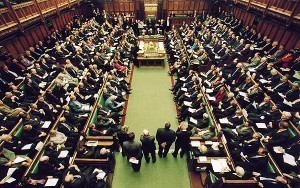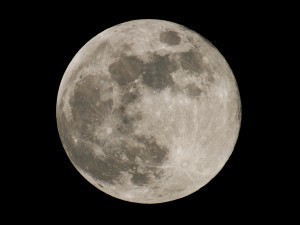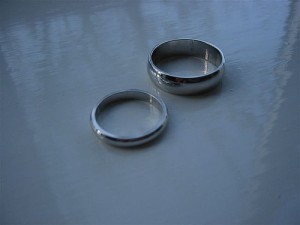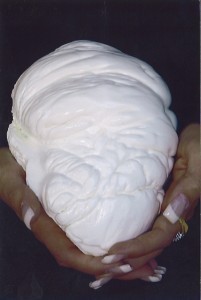How Big is the English Parliament?
The size of the English Parliament is 1,436 members. There are 650 Members of Parliament (MPs) and 786 Peers. The parties are the UK Independence Party, Lords Spiritual, Liberal Democrats, Cross Benchers, Conservative Party and Labour Party.
OverviewIts official name is the Parliament of the United Kingdom of Great Britain and Northern Ireland. It is the most powerful legislative body in Britain and all lands under its rule. 
The parliament holds office in the Palace of Westminster in London. The tallest tower there is the Victoria Tower at 98.5 meters (323 ft). The parliament has power over every political body in the country. Queen Elizabeth II is the head.
Structure
The parliament is bicameral in nature. The House of Lords is the upper house. The House of Commons is the lower house. The third part of the structure is the Queen. The upper house has two kinds of members: the Lords Temporal (members of the Peerage) and the Lords Spiritual (the senior bishops of the Church of England).
The Lords Temporal members are chosen by the Sovereign upon the Prime Minister’s recommendations. Before 2009, the upper house had a role in the judiciary via the Law Lords.
The House of Commons members are elected by the people. Every five years, an election is conducted to determine its members. The upper and lower houses meet in their respective chambers at Westminster Palace.
Historical Background
The size of the English Parliament particularly the House of Commons has undergone some changes. However, they have always been around 600 or so. The parliament was established in 1707.
The parliament came about after a treaty was signed by the parliaments of Scotland and England. In truth though, the parliament simply continued the functions of the UK Parliament.
The only difference was that peers and MPs from Scotland were added. In 1800, an agreement was reached by England and Ireland, further increasing the parliament membership. The old Irish parliament was dissolved. The members of the Irish Parliament were inculpated to the UK and Scottish Parliament.
Powers
Theoretically speaking, the highest power belongs to the Queen-in-Parliament. These days however, much of the power rests in the lower house. The upper house powers have been reduced and the Sovereign only functions according to the Prime Minister’s advice.
Although there are plans to reduce the size of the English Parliament, it remains the most powerful legislative body in the UK. It has become an institution unto itself.





